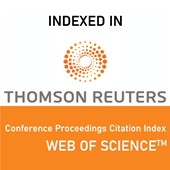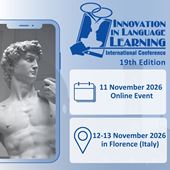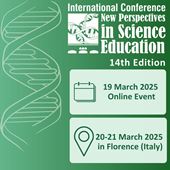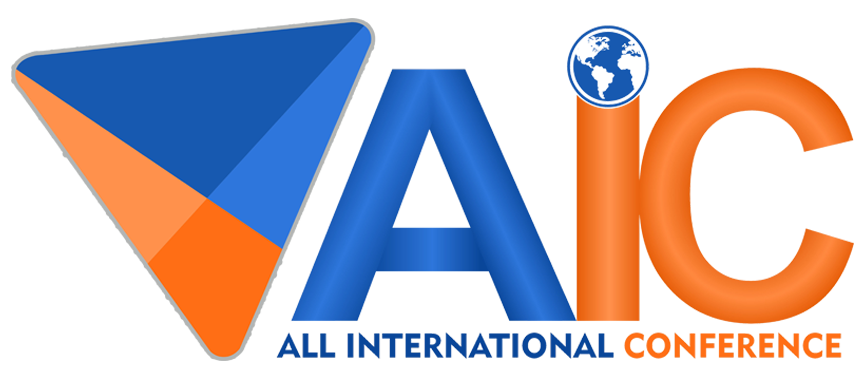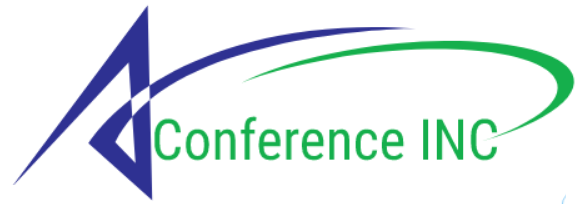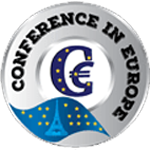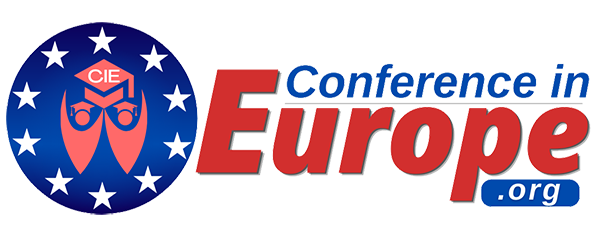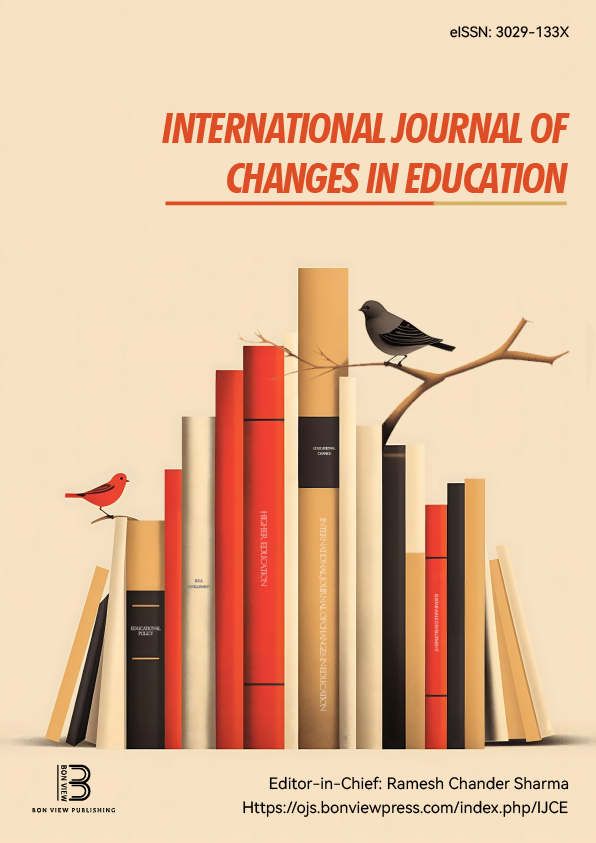The Integration of Accessible and Assistive Technologies in Mainstream Secondary Schools in Bulgaria: A Moral Duty
Mariya Nikolova Veleva, Institute of Philosophy and Sociology at the Bulgarian Academy of Sciences (IPS-BAS) (Bulgaria)
Abstract
The aim of this study is to examine the integration of accessible and assistive technologies – such as screen readers (JAWS, NVDA), refreshable Braille displays (Orbit Reader 20), and Bulgarian-language text-to-speech synthesizers (SpeechLab, Neural SpeechLab) – as well as a range of additional tools and inclusive practices within mainstream secondary schools in Bulgaria. The focus is on how these technologies enable the inclusion of students with visual impairments in the national educational system and, more broadly, in the evolving digital society. The research is funded by the European Union under the NextGenerationEU initiative and forms part of a larger interdisciplinary project entitled “The Ethical Aspects of the Digitalization of Secondary School Education in Bulgaria,” developed under the patronage of the Institute of Philosophy and Sociology at the Bulgarian Academy of Sciences (IFS BAS).This study investigates the transformation of education in the context of digitalization, specifically focusing on how technological advancements contribute to a more inclusive and adaptive educational system. Through the example of students with visual impairments, the study demonstrates how the integration of inclusive technologies and practices into mainstream schools promotes inclusive environments where these students can learn, communicate, develop essential skills, and actively participate in education, and in social life. Moreover, the research aims to monitor where and how assistive and accessible technologies are being implemented across Bulgarian secondary schools. Anticipating regional disparities, the study proposes a methodology for data collection, statistical analysis, and geographic mapping. Inclusive education becomes achievable where appropriate equipment and technologies are available, where pedagogical workers are trained, and where students, parents, and key stakeholders collaborate toward shared goals of accessibility, equity, inclusion. The proposed mapping will identify local needs, achievements, and challenges, providing a basis for future monitoring, improved policy decisions, resource allocation, risk assessment and management.
|
Keywords |
digitalization, inclusive education, accessible and assistive technologies |
|
REFERENCES |
[1] Alabi, A.O., & Mutula, S.M. (2020). Digital inclusion for visually impaired students through assistive technologies in academic libraries. Library Hi Tech News, 37(2), 14–17. https://doi.org/10.1108/LHTN-11-2019-0081 [2] Bin Tuwaym, S. T., & Berry, A. B. (2018). Assistive Technology for Students With Visual Impairments: A Resource for Teachers, Parents, and Students. Rural Special Education Quarterly, 37(4), 219-227. https://doi.org/10.1177/8756870518773397 [3] Bogdanova, G., Todorov, T., Noev, N., Sabev, N., Chehlarova, N., Todorova-Ekmekci, M., & Krastev, A. (2024). An Ecosystem for the Provision of Digital Accessibility for People with Special Needs. Information, 15(6), 315. https://doi.org/10.3390/info15060315 [4] Bucheli, M., Gómez Galán, J., Caceres, M., & Catalán, L. (2024). Digital technologies as enablers of universal design for learning: Higher education students’ perceptions in the context of SDG4. Discover Sustainability, 5. https://doi.org/10.1007/s43621-024-00699-0 [5] Chambers, D. (2020). Assistive technology supporting inclusive education: Existing and emerging trends. In D. Chambers (Ed.), Assistive Technology to Support Inclusive Education (Vol. 14, pp. 1–16). Emerald Publishing. https://doi.org/10.1108/S1479-363620200000014001 [6] Chițu, I.B., Tecău, A.S., Constantin, C.P., Tescașiu, B., Brătucu, T.-O., Brătucu, G., & Purcaru, I.-M. (2023). Exploring the opportunity to use virtual reality for the education of children with disabilities. Children, 10(3), 436. https://doi.org/10.3390/children10030436 [7] Georgieva, N. (2019). INCLUSIVE EDUCATION IN BULGARIA: SUCCESSES AND CHALLENGES. KNOWLEDGE INTERNATIONAL JOURNAL, 30, 321-326. https://doi.org/10.35120/kij3002321g [8] Karamolegkou, A., Nikandrou, M., Pantazopoulos, G., Villegas, D. S., Rust, P., Dhar, R., Hershcovich, D., & Søgaard, A. (2025). Evaluating Multimodal Language Models as Visual Assistants for Visually Impaired Users (arXiv:2503.22610). arXiv. https://doi.org/10.48550/arXiv.2503.22610 [9] Petrovska Zimoski, I., & Dimitrova Radojichikj, D. (2019). Inclusive education of children with visual impairments in Europe. https://repository.ukim.mk:443/handle/20.500.12188/8844 [10] Shoaib, M., Fitzpatrick, D., & Pitt, I. (2023b). Assistive technology-based solutions in learning mathematics for visually-impaired people: Exploring issues, challenges and opportunities. Multimedia Tools and Applications, 82(29), 46153-46184. https://doi.org/10.1007/s11042-023-17409- [11]Simeonova, N., Stewart, R., & Gospodinova, E. (2019). Technologies for the Introduction of Digitalized Cultural Heritage to Visually Impaired People. Digital Presentation and Preservation of Cultural and Scientific Heritage, 9(19). https://doi.org/10.55630/dipp.2019.9.19dipp.math.bas.bg [12] Tzvetkova-Arsova, M., Tomova, M. (2024). Use of Technology and Applications in Orientation and Mobility of Visually Impaired Persons in Bulgaria: A Contemporary Overview. In: Miesenberger, K., Peňáz, P., Kobayashi, M. (eds) Computers Helping People with Special Needs. ICCHP 2024. Lecture Notes in Computer Science, vol 14750. Springer, Cham. https://doi.org/10.1007/978-3-031-62846-7_49 [13] Veytia Bucheli, M. G., Gómez-Galán, J., Cáceres Mesa, M. L., & López Catalán, L. (2024). Digital technologies as enablers of universal design for learning: Higher education students’ perceptions in the context of SDG4. Discover Sustainability, 5(1), 473. https://doi.org/10.1007/s43621-024-00699-0 |
 The Future of Education
The Future of Education
